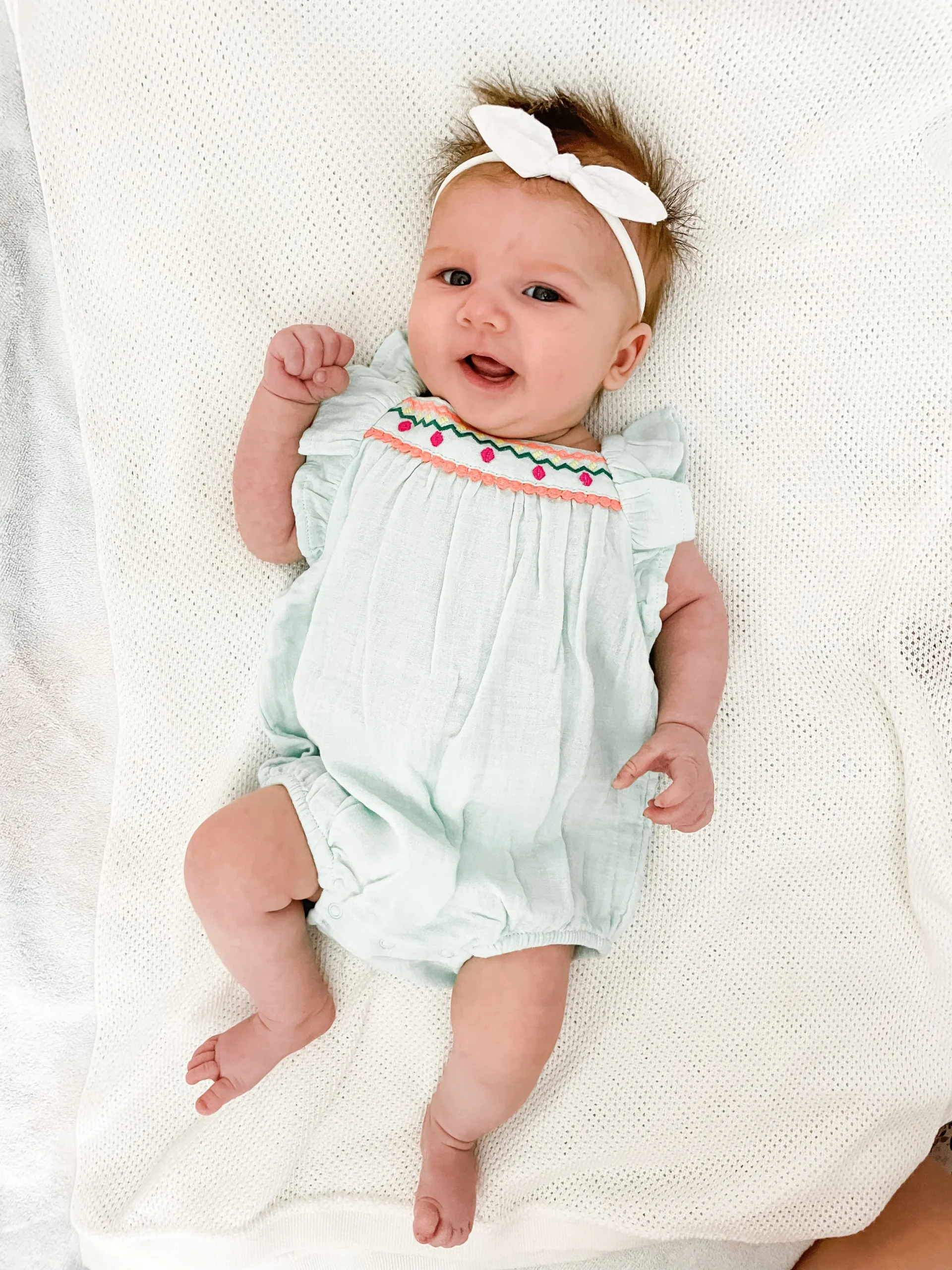As parents, we often encourage our children to embrace their individuality and pursue their dreams, and it seems that retailers are finally catching up to this ethos. In a surprising move, the Disney Store has taken inspiration from Target’s approach and revamped its Halloween costume marketing strategy.
Traditionally, Disney’s online Halloween shop has categorized costumes into “boy” and “girl” sections, complete with the familiar pink and blue labeling. However, according to reports from The Mary Sue, this year marks a significant change. The costumes are now organized into a single section, labeled simply as “costumes for kids” or “costumes for babies,” accompanied by inclusive promotional images featuring both boys and girls.
While remnants of gendered categories remain on some parts of the website, and princess costumes still dominate many advertisements, this shift is undoubtedly a step forward for a brand that has long been criticized for perpetuating outdated gender norms. Disney has usually been slow to adapt to changes in societal attitudes, so this responsiveness to parental feedback is a welcome development.
Critics of gender-neutral marketing often argue that the way toys and clothing are marketed to children is inconsequential. However, research suggests otherwise. Children are acutely aware of the gendered environments they navigate. They notice when toy aisles are drenched in pastel pinks and blues and are often subjected to teasing for deviating from these norms. This kind of early categorization can have profound effects on their self-perception and worldview.
A study conducted by Dr. Megan Reynolds, a psychology professor, found that children with gender-specific decorations in their rooms were more likely to adopt traditional gender stereotypes. Similarly, psychologist Lisa Harper, author of a book on the effects of gendered marketing, highlights that such divisions in children’s products often lead to boys and girls playing separately far earlier than is developmentally appropriate. There’s even evidence suggesting that these marketing tactics can influence future career aspirations.
To dismantle these limiting beliefs about gender, we must shift how we present toys, clothing, and even character traits to our children. Disney’s decision to introduce more inclusive Halloween sections may not be perfect, but it’s a promising start. One day, we might see advertisements featuring boys dressed as Elsa or girls as Darth Vader, rendering the notion of gendered costumes utterly ridiculous. Until then, I celebrate this progress; if even one child feels free to choose any costume they desire without gender constraints, that’s a victory worth acknowledging.
If you’re interested in exploring more about this topic, check out this informative blog post. Plus, for those considering home insemination, Make a Mom offers a reputable selection of at-home insemination syringe kits that could be of help. Additionally, for comprehensive insights on pregnancy and home insemination, CCRM IVF’s blog serves as an excellent resource.
In summary, Disney’s shift towards gender-neutral Halloween costumes is a commendable step in the right direction, challenging the traditional marketing norms that have long influenced children’s perceptions of gender.

Leave a Reply